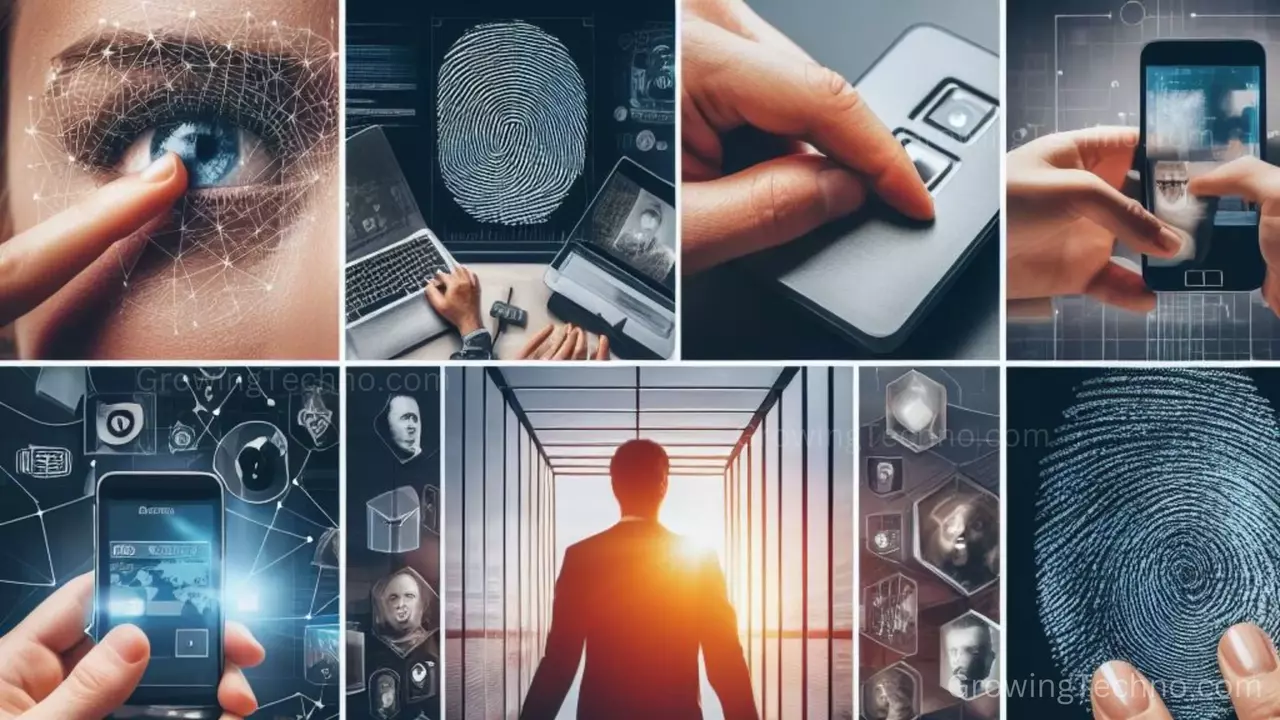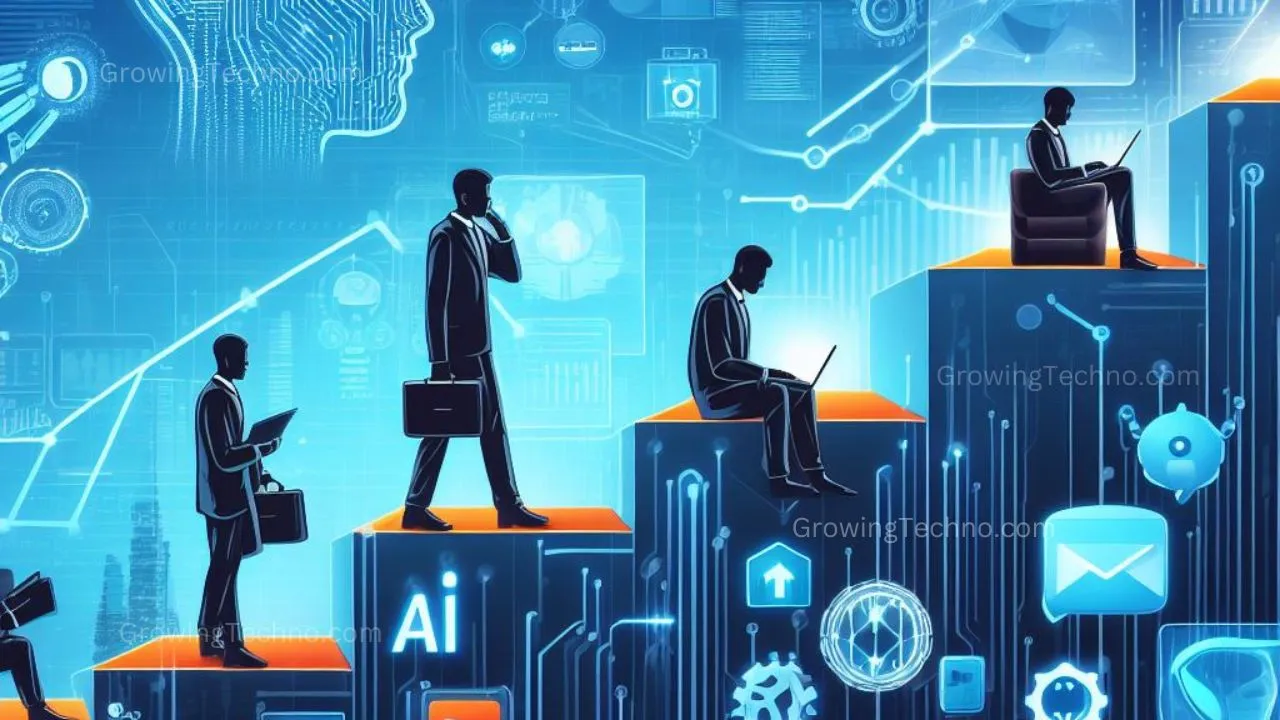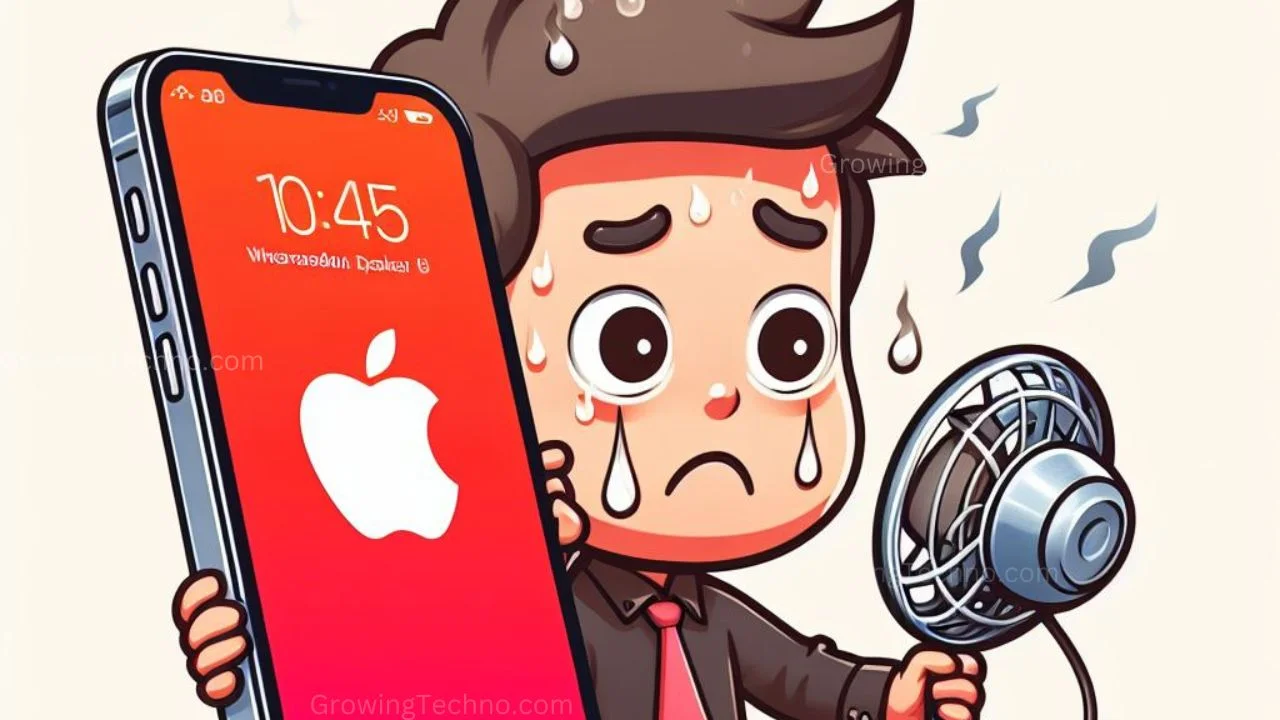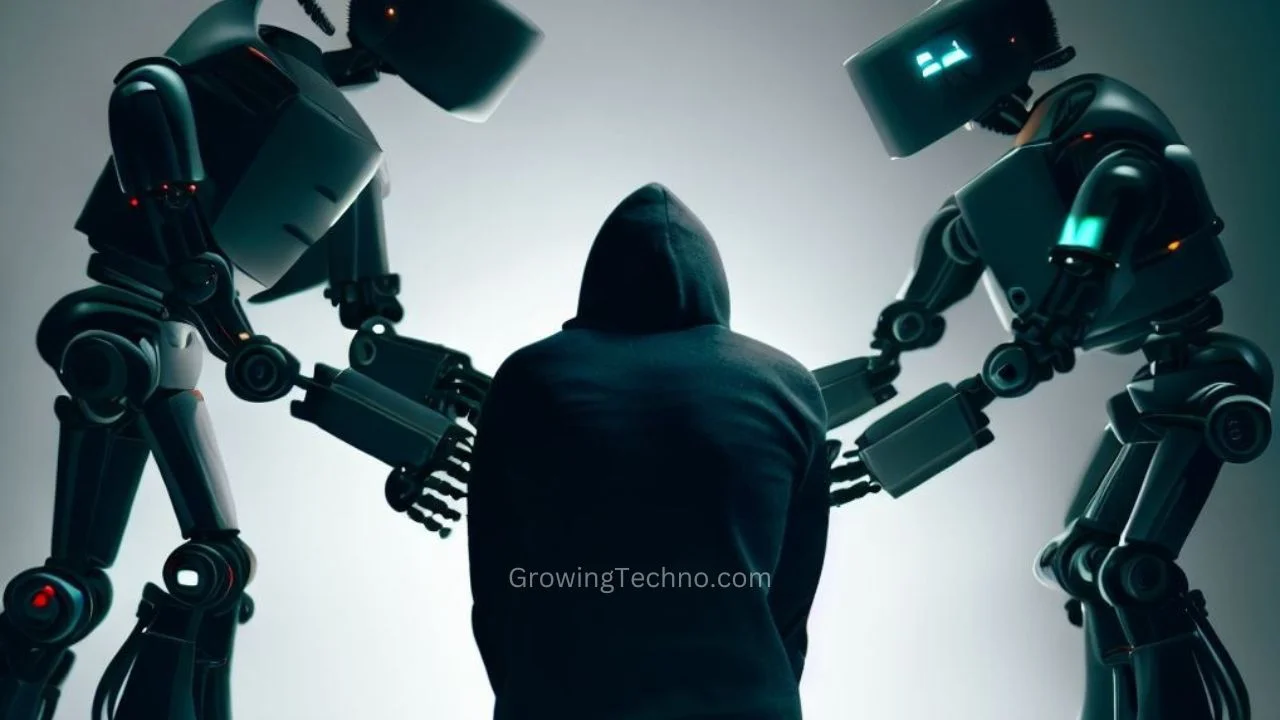
In the realm of technological advancements, augmented reality (AR) has emerged as a groundbreaking innovation, altering the way we perceive and interact with the world around us. Once confined to the realm of entertainment and gaming, AR has transcended its initial boundaries to become a catalyst for transformation across various industries. This article delves into the evolution of augmented reality (AR), its multifaceted applications, and its profound influence on sectors like education and retail.
The Journey of Augmented Reality: From Novelty to Necessity
Augmented reality’s journey began with the introduction of rudimentary overlays on screens, adding an extra layer of engagement to video games. However, its potential went far beyond entertainment. As AR technology evolved, it paved the way for immersive experiences that merge the virtual and physical worlds seamlessly.
Augmented Reality Beyond Gaming: A Paradigm Shift
While gaming remains an integral part of AR’s repertoire, its potential has been recognized across industries. The education sector, for instance, has embraced AR to offer students interactive and engaging learning experiences. Virtual models, simulations, and interactive visualizations enable students to grasp complex concepts with unprecedented clarity.
Retail Revolution: Augmented Reality in Shopping
AR has revolutionized the retail landscape by enhancing the shopping experience. Customers can virtually try on clothes, visualize furniture in their homes, and even “try before they buy” with makeup and accessories. This innovation bridges the gap between online and in-store shopping, empowering consumers to make informed decisions.
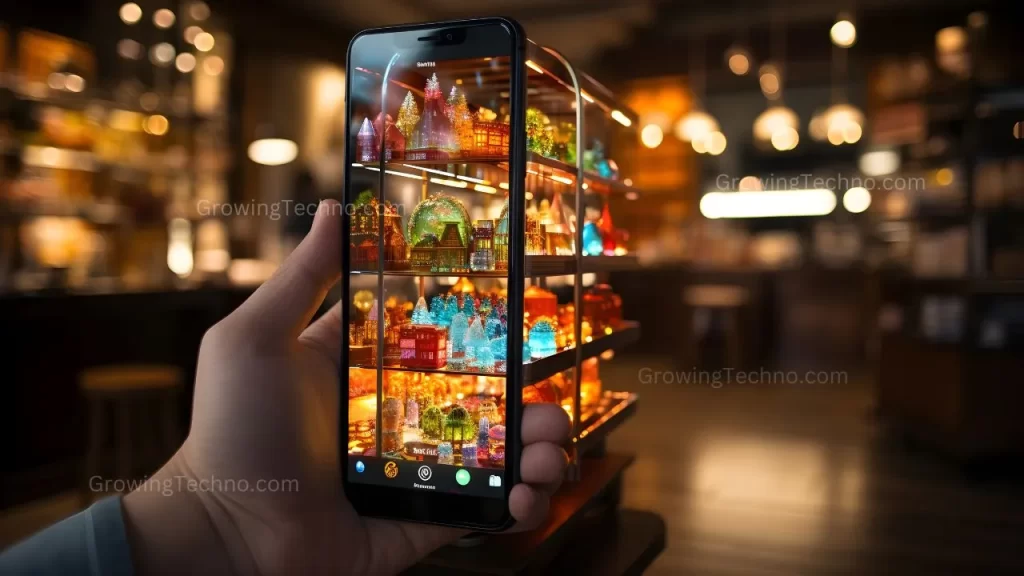
Navigating Challenges: Integration and Adoption
As with any emerging technology, AR faces challenges in integration and adoption. Ensuring seamless compatibility across devices and platforms, addressing privacy concerns, and educating users about its potential are crucial steps to facilitate widespread adoption.
Education Transformed: Augmented Reality in Learning
AR has redefined education, transforming static textbooks into interactive learning tools. Students can explore historical landmarks, dissect virtual organisms, and visualize complex scientific processes. This experiential approach nurtures curiosity and deepens understanding.
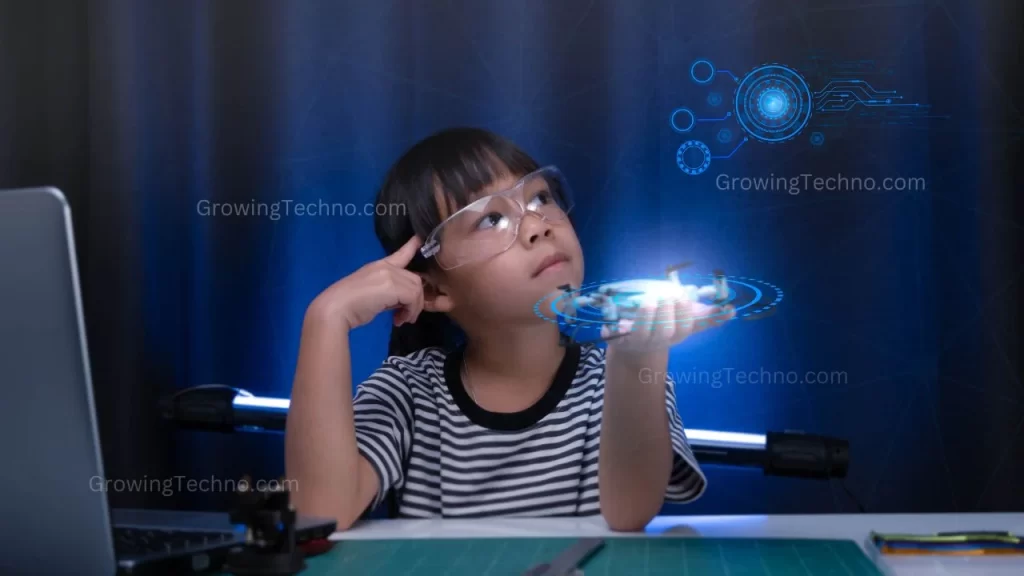
Healthcare and Beyond: AR’s Expanding Horizons
Beyond education and retail, AR has made significant strides in healthcare. Surgeons can overlay vital patient data during procedures, enhancing precision. AR-powered training modules provide medical professionals with lifelike simulations to hone their skills.
Design and Architecture: Visualization Elevated
Architects and designers leverage AR to bring blueprints to life. Visualizing structures before they are built allows for informed design decisions, streamlining the planning process.
The Future of Augmented Reality: Boundless Potential
As technology evolves, augmented reality’s potential knows no bounds. From enhancing remote collaboration to revolutionizing marketing campaigns, the future promises an AR-infused landscape that transcends imagination.
Conclusion: Augmented Reality Redefined
The evolution of augmented reality from a novelty to a transformative force underscores its impact on industries far beyond gaming. Its ability to blur the line between real and virtual realms has redefined education, elevated retail experiences, and opened new dimensions across sectors. As augmented reality continues advancing, it will increasingly influence our daily lives, reshaping our perceptions and interactions with the world around us.
The information provided in this article is based on research and knowledge available up to the publication date. For the latest developments and updates in the field of augmented reality, readers are encouraged to refer to reputable sources in the technology and innovation sectors.
Found this helpful? Share the wisdom!





